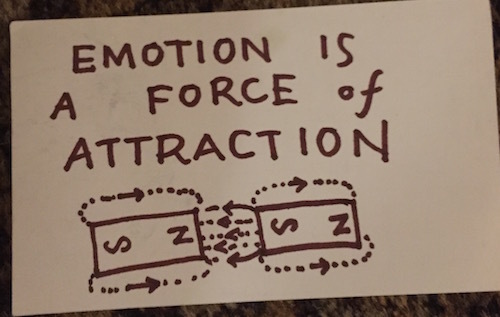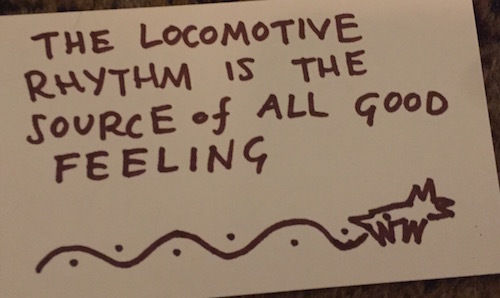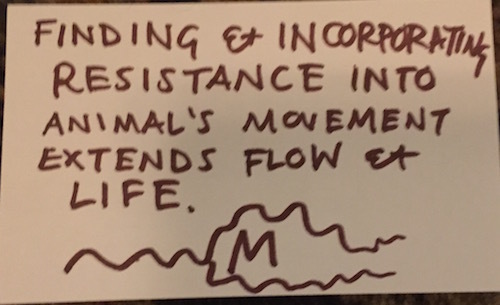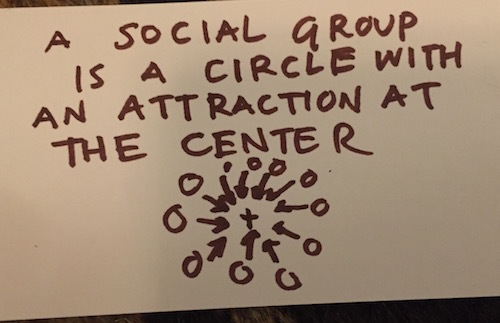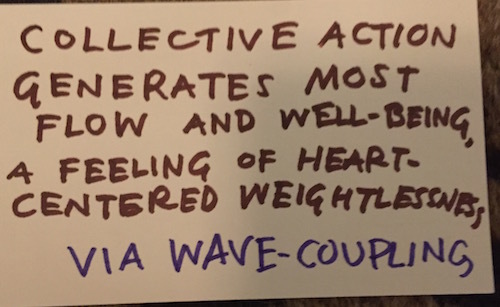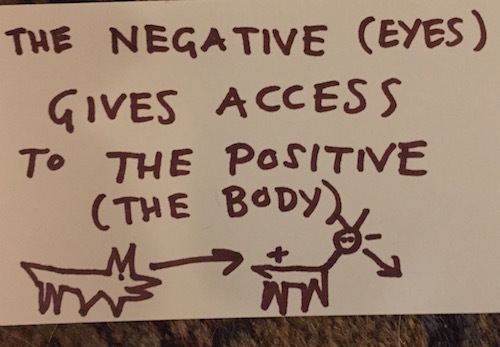I’ll be adding to this thread, one section at a time, as the Immediate Approach Theory has a lot of sub-parts, so it will be lengthening over the next couple weeks with those new sections.
I love this theory because it heals some deep schisms in our ability to think critically about psychology and behavior:
- It puts the emotional state of both the observer and the observed back into the center of the inquiry, rather than rejecting the emotions of the observer and/or the observed as “biased” or not objective.
- It is a whole-system view, rather than a reductivist view, while at the same time benefitting from all the scientific thinking that we’ve done into physical systems over the past couple hundred years.
- It links up smoothly with my experience of traditional ecological knowledge and the mentoring I’ve had from both indigenous and non-indigenous experts in the natural world.
- It puts the body and mind back together, into a seamless bodymind, and then proceeds to find new differences within that structure - especially the triad of the gut-mind, heart-network-mind, and big-brain-mind.
I’ll be posting a more polished version of this on my blog later http://mythic-cartography.org , but I thought I’d give the gang here a sneak peek and a chance to offer feedback/ask questions.
Some background on why I find this especially exciting from my particular point of view - I’m part of a community of folks who apply insights from complexity sciences to human systems. You can learn more at http://wiki.hsdinstitute.org.


